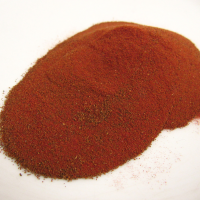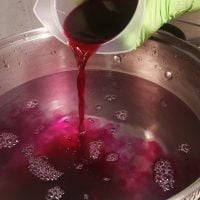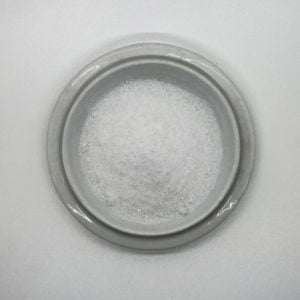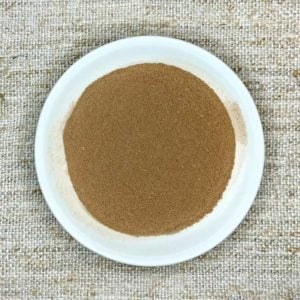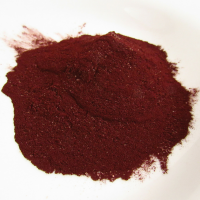Dyes of the Américas Sampler Kit
Many of the most storied and legendary dyes are native to the Americas and were a prized supply and source for the dye houses of Europe. We’ve created our Dyes of the Américas sampler kit to showcase these beautiful colors. Each dyestuff is native to North, South or Central America and all are used in textile arts today. Indigenous civilizations used many of these dyes long before European conquest. This updated kit contains sample sizes of logwood, cochineal, osage, pericón, and coreopsis along with a brief description of each dyestuff and its origin. The color yield from these dyes are: … Read more


